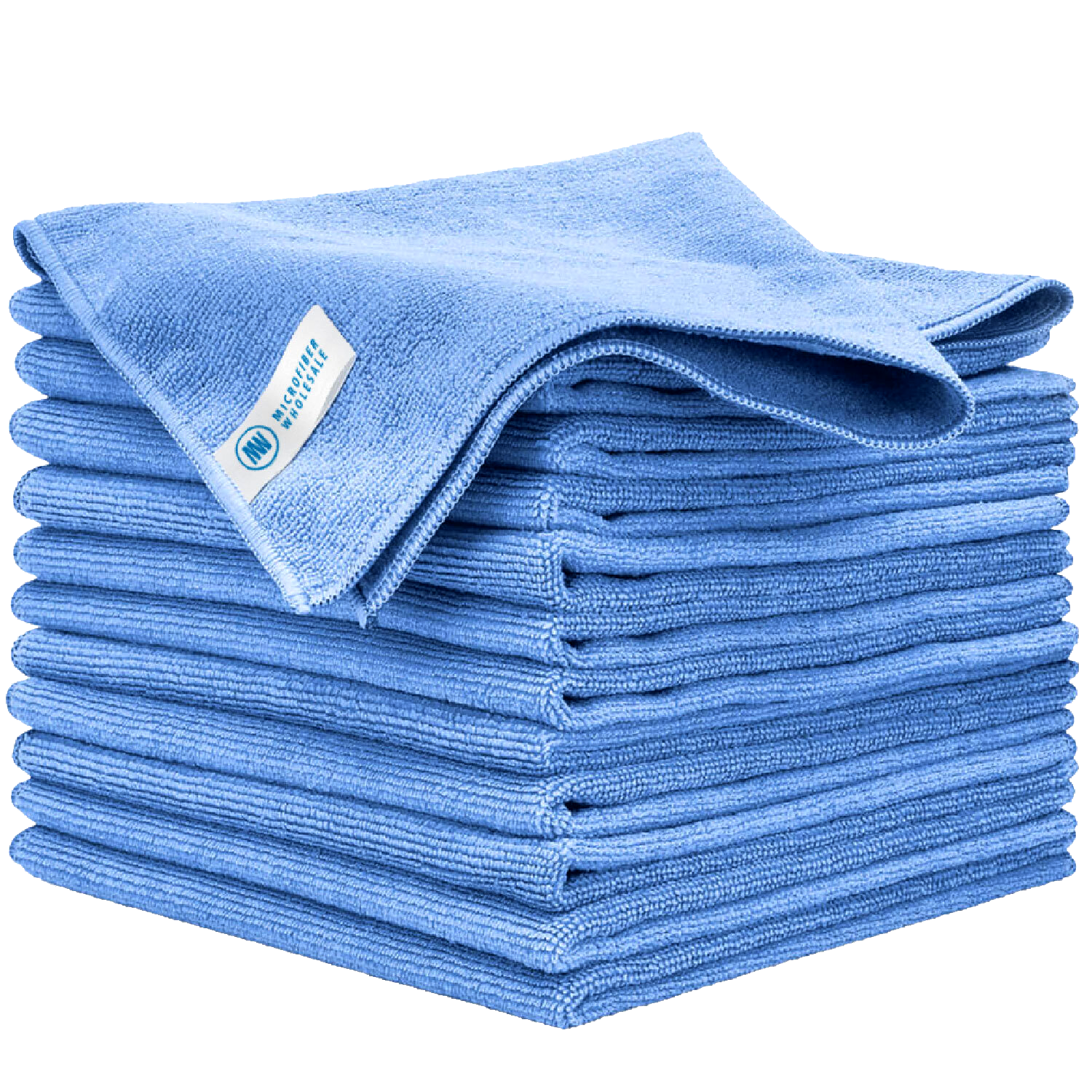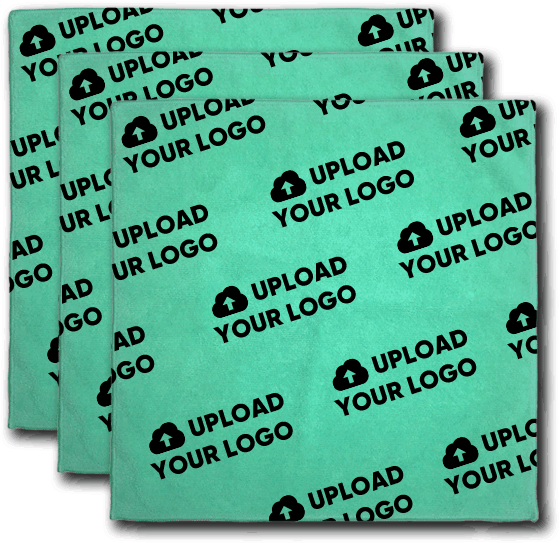What Causes Streaky, Sticky Floors After You’ve Cleaned Them?
There are five main things you could be doing that leave your freshly cleaned floors feeling sticky or looking streaky. Let’s go through them all.
1. Residue from Cleaning Products
The first reason why your floors don’t look and feel clean after mopping is, you’ve used too much floor cleaning solution, or the cleaning solution you’ve chosen isn't well-suited for your floor type. Not only does using more than the recommended amount leave a residue, but it’s a waste of product.
Using an unsuitable product can also leave residue. For example, if you’ve got tiles or laminate, you wouldn’t want to use Murphy Oil Soap because it is designed for hardwood. Likewise, you wouldn’t want to use a marble and tile cleaner on hardwood floors.
2. Dirty Water
Another common reason why your floors are still streaky and sticky is if you're mopping with dirty water. When you don’t change mop water regularly throughout a mopping session, you’re essentially spreading dirt around rather than cleaning it up.
Obviously the best way to mitigate this is to change the water in your mop bucket frequently. Or use the two-bucket method, where you have one bucket with clean soapy water, and a bucket for wringing out dirty water.


















 By continuing with your order, you acknowledge and agree to the following:
By continuing with your order, you acknowledge and agree to the following: